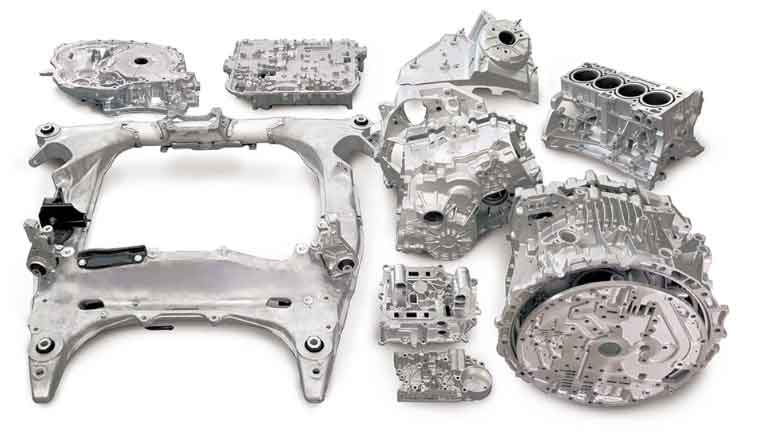
Die casting plays a valuable role in accelerating product development through rapid prototyping. Rapid prototyping is a process that allows for the quick production of functional prototypes to validate designs, evaluate performance, and gather feedback before finalizing the product. Here’s how die casting contributes to rapid prototyping:
- Speed and Efficiency: Die casting enables the rapid production of prototypes due to its high production speed and efficiency. Once the die is prepared, the actual casting process is relatively fast, allowing for the creation of multiple prototypes within a short period. This speed helps to reduce the overall product development timeline and enables faster iterations.
- Material Selection: Die casting supports a wide range of materials, including aluminum, zinc, and magnesium alloys, which are commonly used in rapid prototyping. These materials closely resemble the properties and characteristics of the final production materials, providing a more accurate representation of the product’s performance and behavior.
- Accuracy and Precision: Die casting offers excellent dimensional accuracy and precision, ensuring that the prototypes closely match the intended design specifications. The intricate details, complex shapes, and fine features can be faithfully replicated in the die-cast prototypes, providing designers and engineers with a realistic representation of the final product.
- Design Validation: Die-cast prototypes allow for thorough design validation before committing to mass production. Engineers can evaluate the functionality, fit, and assembly of the prototype components, ensuring that they meet the required performance criteria. This validation helps identify any design flaws or areas for improvement early in the development process, saving time and costs associated with potential design revisions.
- Functional Testing: Die-cast prototypes can undergo functional testing to assess their performance under real-world conditions. By subjecting the prototypes to various tests, such as load testing, impact testing, or environmental testing, engineers can gather valuable data on the product’s performance, durability, and reliability. This information helps refine the design and address any potential issues before final production.
- Collaboration and Feedback: Die-cast prototypes can be used to gather feedback from stakeholders, customers, or focus groups. The physical representation of the product allows for a more tangible and interactive experience, facilitating discussions and eliciting valuable insights. Feedback obtained from the prototypes can inform design improvements and guide decision-making in the product development process.
- Cost Savings: Rapid prototyping with die casting can help avoid costly mistakes and rework in the later stages of product development. By identifying and addressing design issues early on, the need for expensive tooling modifications or production delays can be minimized. This cost-saving aspect is especially beneficial for complex and high-value products.
Die casting’s ability to quickly produce accurate, functional, and representative prototypes makes it a valuable tool for rapid product development. By leveraging die casting for rapid prototyping, companies can accelerate the product development cycle, reduce time to market, improve design quality, and gain a competitive edge in the industry.
